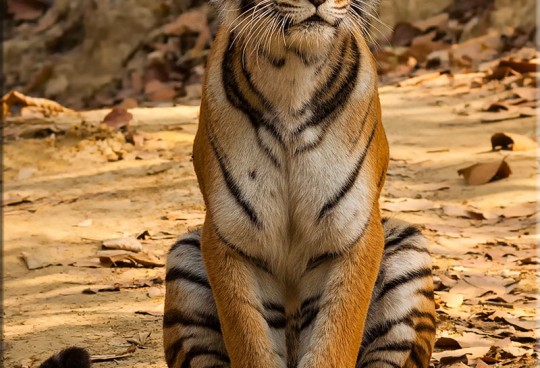The saffron toucanet (Pteroglossus bailloni) is a species of bird in the family Ramphastidae found in the Atlantic Forest in far north-eastern Argentina, south-eastern Brazil, and eastern Paraguay. It is a relatively long-tailed toucan with a total length of 35–40 cm (14–16 in). As suggested by its common name, it is, uniquely among toucans, overall saffron yellow. The back and tail are darker, more olive in color. The rump, ocular skin and patches on the basal half of the otherwise greenish-horn bill are red. The iris is pale yellowish.
This species is dimorphic, meaning that males and females have distinguished looks from each other. The adult male has a golden head and breast, olive mantle (the wings, shoulder feathers and back) and red rump. They have a modestly sized bill, with green, grey blue, and yellowish-grey color all along it. Adult females are similar to the male but have more olive and less gold coloration; they also have a shorter bill. A young toucanet is mostly olive and grey colored, with brown eyes and a blotchy bill. The saffron is a large-gape frugivore. Due to their nature, they are especially crucial for plants with larger seeds to disperse themselves to further areas. They are one of the few birds that are capable of carrying larger seeds to new locations. On average, species that contribute more to network organization, like the saffron, are at a higher risk of extinction. Without a connection between certain species of plant, there may be ecological and evolutionary consequences such as co-extinction. The diet of the saffron mainly consists of fruit, like figs and palm fruits. They have also been noted to eat young birds. It is threatened by habitat loss, degradation, hunting, and being captured. They are currently classified as Near Threatened by IUCN.
![]()






Sorry, the comment form is closed at this time.